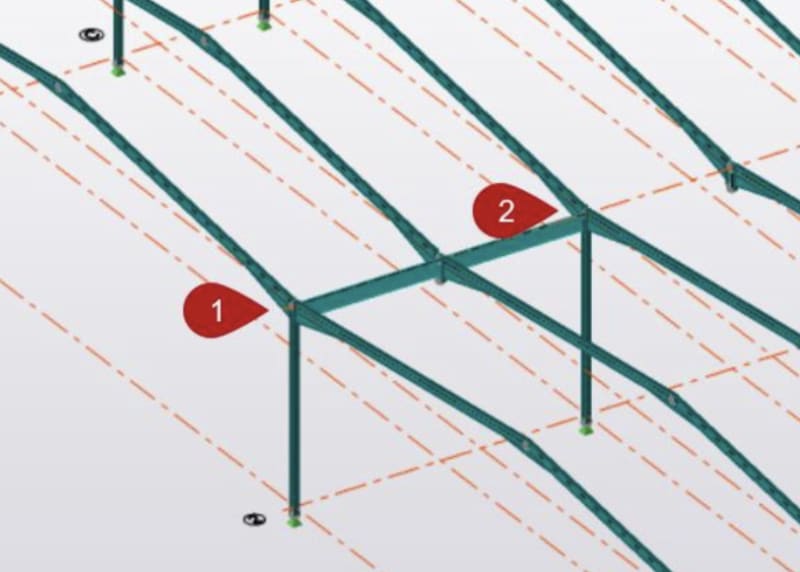MIStructE_IRE
Structural
- Sep 23, 2018
- 816
Hi there,
I’m looking at a hit and miss portal frame as you see below and I need to calculate the stiffness of the beam spanning between points 1 & 2 to input into the frame design software.
The stiffness is to be input as kNm/rad - and my old statics teacher would kill me if he’d seen me forget this one! Can anyone assist?

I’m looking at a hit and miss portal frame as you see below and I need to calculate the stiffness of the beam spanning between points 1 & 2 to input into the frame design software.
The stiffness is to be input as kNm/rad - and my old statics teacher would kill me if he’d seen me forget this one! Can anyone assist?


